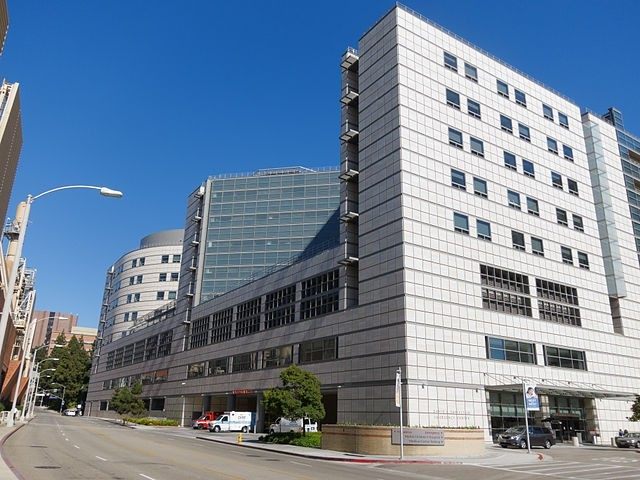A procedure called ERCP, or endoscopic retrograde cholangiopancreatography, which uses a specialized endoscope to deal with ailments of the digestive system, has unwittingly introduced a superbug called CRE, or carbapenem-resistant Enterobacteriaceae, into at least two patients at UCLA’s Ronald Reagan Medical Center who died as a result. Five other patients were also exposed to the superbug; 180 more may have been exposed.
UCLA found the outbreak in late January, and this week it notified 179 other patients who had the ERCP procedure between October and January.
The Centers for Disease Control and Prevention (CDC) defines CRE as a “family of germs that are difficult to treat because they have high levels of resistance to antibiotics,” adding: “Healthy people usually do not get CRE infections: they usually happen to patients in hospitals, nursing homes, and other healthcare settings. Patients whose care requires devices like ventilators (breathing machines), urinary (bladder) catheters, or intravenous (vein) catheters, and patients who are taking long courses of certain antibiotics are most at risk for CRE infections.”
Once CRE enters the bloodstream, it can kill 40% to 50% of patients. ERCP is used on roughly 500,000 patients annually using a duodenoscope that is considered minimally invasive, but the duodenoscope is difficult to clean. The duodenoscopes used in ERCPs are not the same as the ones used in routine endoscopies and colonoscopies.
UCLA claimed its cleansing of the instruments was “according to standards stipulated by the manufacturer.” The university said that once the tragedies were found, the university changed its cleaning procedure, according to the Los Angeles Times.
The problem is not restricted to California; as many as 150 people have been affected by CRE or similar bugs n Illinois, Pennsylvania and Seattle since 2012. The Virginia Mason Medical Center in Seattle admitted that 32 patients contracted a similar bug to CRE between 2012 and 2014; eleven died, although the Center said many of the dead had been critically ill. The Center implemented a new process in which the endoscopes are not used for roughly two days after their use so bacteria can be observed.
The duodenoscopes responsible for the infections contain an “elevator channel” that doctors use so they can to bend the device in tight spaces and attach such as catheters or guide wires. That channel may allow a build-up of bacteria.
The FDA said it was working on alleviating the problem, saying it was “actively engaged with the manufacturers of duodenoscopes used in the U.S. and with other government agencies such as the CDC to develop solutions to minimize patient risk associated with these issues….The FDA believes the continued availability of these devices is in the best interest of the public health.”
CNBC reported last July that cases of CRE skyrocketed to five times their previous number in community hospitals from 2008 to 2012 in the Southeastern U.S.
Dr. Bret Petersen, a professor of medicine at Mayo Clinic’s division of gastroenterology and hepatology, told the Times, “ERCP is a common and critical procedure in most hospitals today. It’s not a procedure we can allow to be constrained, so this is a serious issue we need to address.”

COMMENTS
Please let us know if you're having issues with commenting.